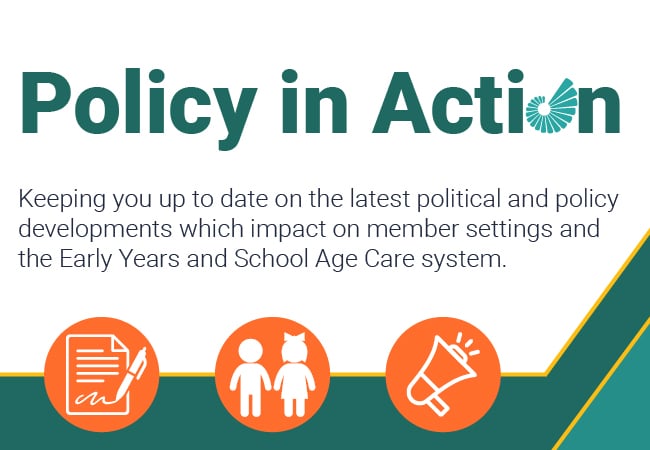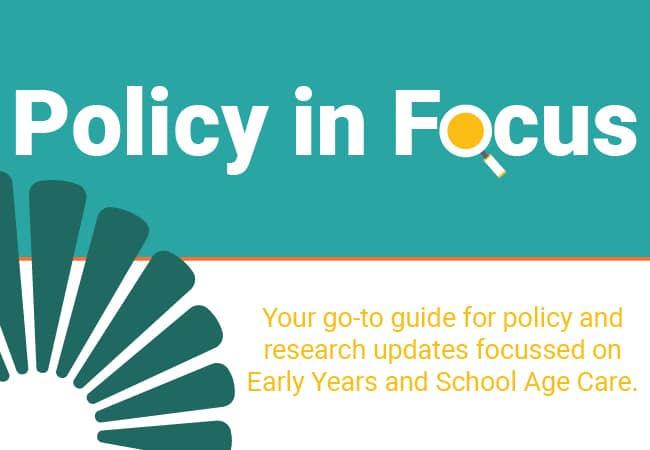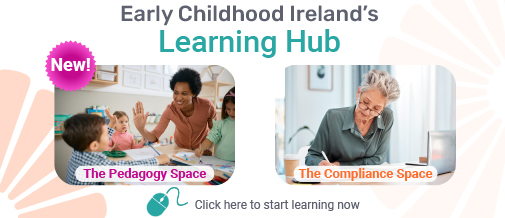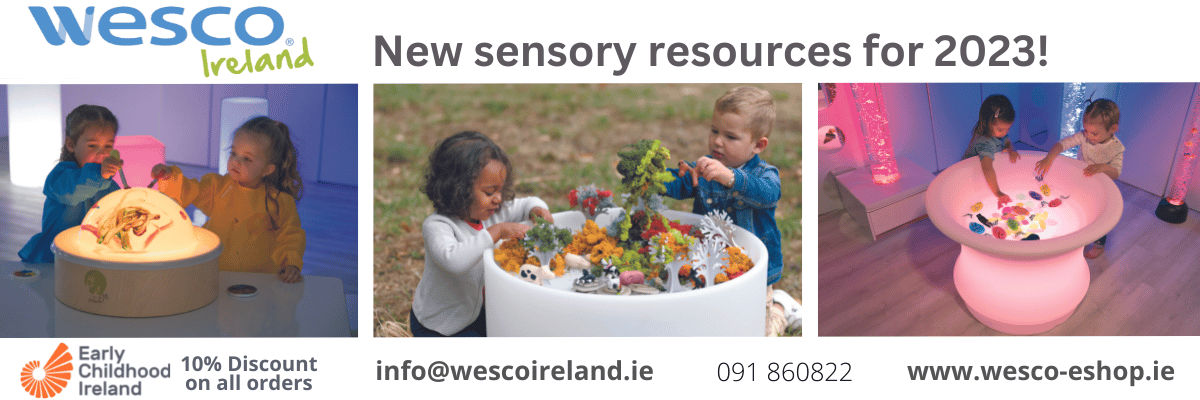Making Scents of Christmas
The Christmas Season is upon us, as evidenced by shopping centre aisles filled to capacity with tons of cheap, commercialized, plastic toys. For months now, great trucks thundered up and down the country delivering their cargo of ‘must have’ Paw-Patrol, Nerf guns and Lovabella dolls, stacks of colouring books and arts and crafts paraphernalia.
Similarly, Early Childhood Education and Care settings are hives of activity but never more so than before Christmas. Little hands rummage through boxes of glitter, sequins, cotton balls, pipe cleaners and googly eyes to stick and paste on Santa and Frosty The Snowman paper-plate activities found on Pinterest. Nothing wrong with that, is there? -these materials are inexpensive, accessible, easily prepared, executed and monitored, and children love them? Be that as it may, it begs the question(s): How do Christmas craft- type activities recognise the voice of the individual child? Where’s the opportunity to express, explore and investigate? Adult-directed activities involving templates revolve around set objectives and steps, to be completed in a given timeframe, not allowing learning to evolve naturally. The end products are so similar that an individual child would be hard pressed to identify his/her own Santa when displayed. So, what’s the alternative? How can we build on children’s emerging interests and respond to their curiosities? What creative experiences can we offer to facilitate meaning- making and a recognition that their observations, ideas, interpretations and feelings are valued?
 |
While Santa Grottos and Christmas trees and lights are being erected, Mother Nature too has been busy weaving her own Winter Wonderland. When children are outdoors one of these frosty mornings, encourage them to breathe in the fragrant Winter aromas, to observe the changing light, glistening puddles, berries, leaves and twigs trapped in ice sheets. They can pick up – a pine cone, a leaf, a twig or a bit of bark. Educators can pose open-ended questions allowing children to articulate what they notice about the transformations in Nature during Winter. Our sense of smell is perhaps the most evocative, especially related to memory. Back indoors, celebrate the essence of Christmas from an aromatic perspective. Aesthetically display provocations such as thistle, pine, eucalyptus and pussy-willow. Add dried orange and lemon segments and peel, Christmas spices like cinnamon bark, cardamom pods, star anise and cloves. Place items in individual transparent containers to encourage thoughtful responses from children. A magnifying glass allows close examination of subtle intricacies and access to a mortar and pestle lets children make their own pot pourri of mixed spices, filling the air with intense aromas. These spices can be used to scent play-dough, while acorns and pine needles emboss and add texture. Extend the experience by engaging children in transient art (as opposed to permanent art, like paper and paint for example) making designs and imagery using the little treasures they’ve collected.
 |
These learning opportunities are alternatives to the world of plastic and paper and afford children choice, whereby they are agents of their own visual representations. Children feel valued and connected to the experience in an authentic way, which templates and the like never would afford.
For more ideas on supporting creativity look back on our previous posts:
https://www.earlychildhoodireland.ie/blog/christmas-creativity-doing-it-their-way/
https://www.earlychildhoodireland.ie/blog/celebrate-the-spiders-encourage-creativity/
Evelyn Egan is a lecturer in the Visual Arts EYE BA programme at Cork Institute of Technology (CIT) since 2006. She previously worked at Scuola di Grafica Venice and later as Head of Art at the International School of Padua, Italy. She is currently studying for a PhD in Early Years Education, with a focus on Inquiry- Based Learning in the Visual Arts, using a Transdisciplinary approach. She has recently contributed to the Aistear Síolta Practice Guide and Better Start Resources for Practitioners.










